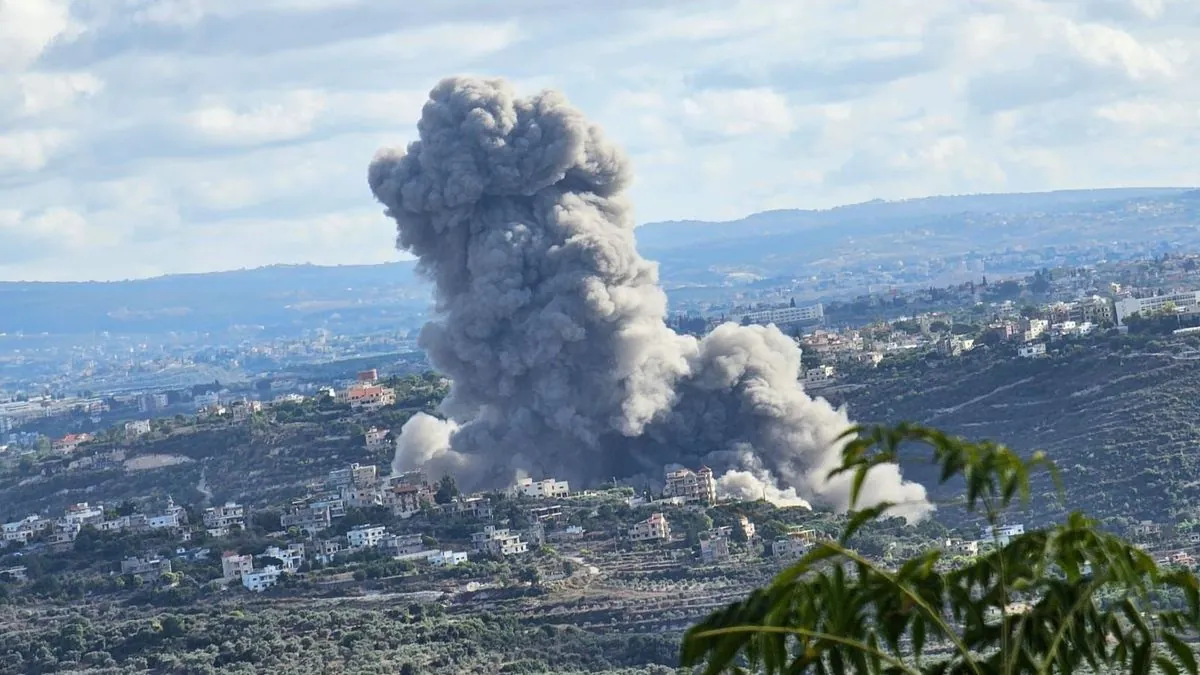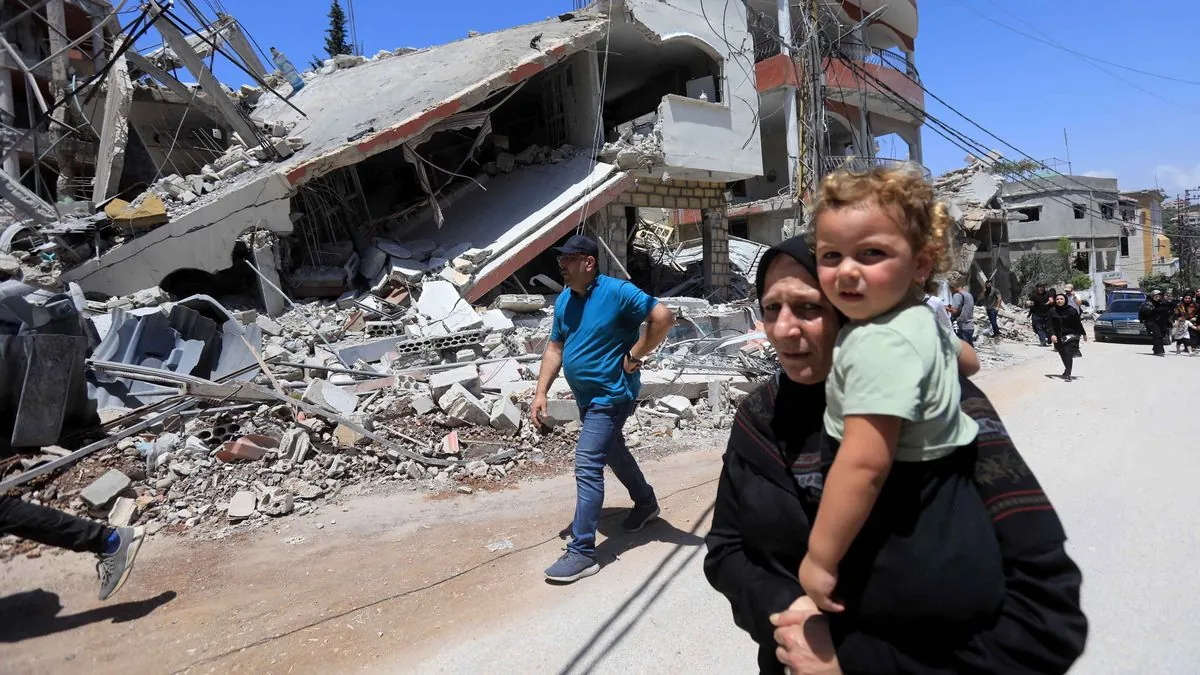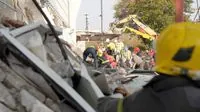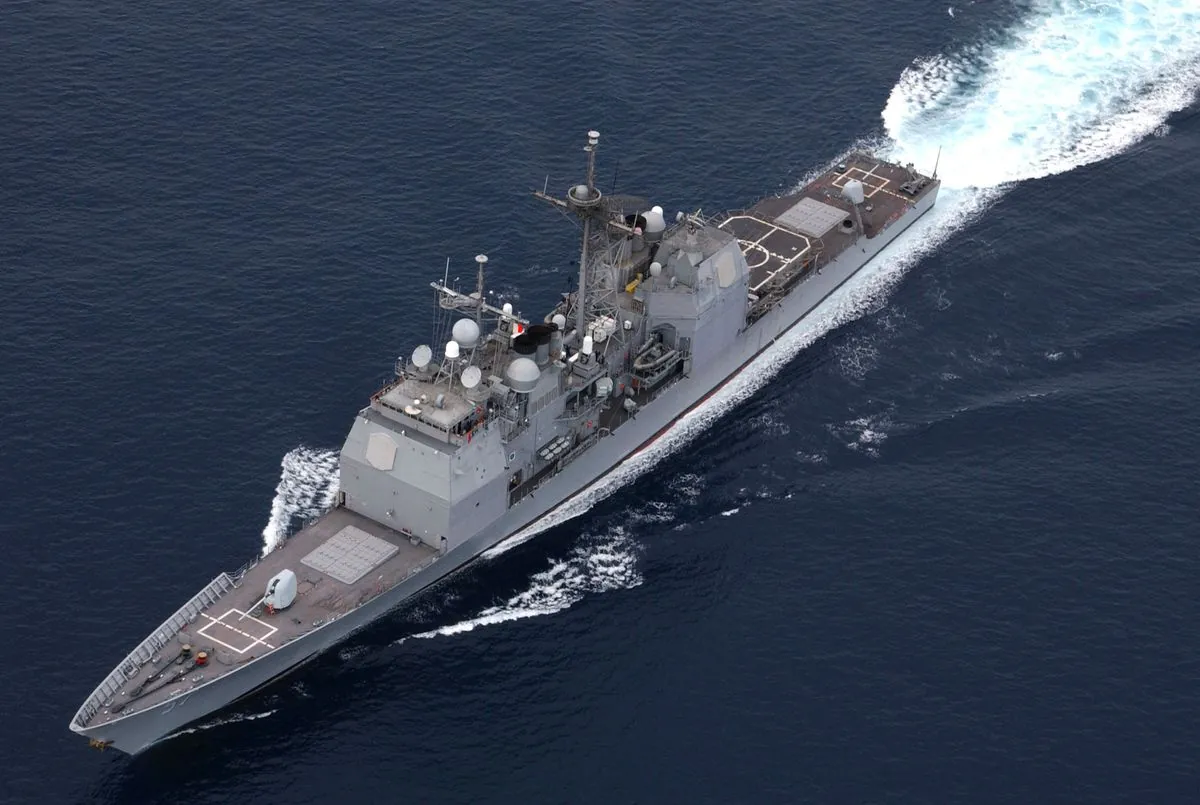Israel's Intense Air Campaign Against Hezbollah Escalates Conflict
Israel launches massive air strikes on Hezbollah targets in Lebanon, causing significant casualties and displacement. The conflict intensifies as both sides exchange fire, raising concerns of a wider regional war.

In a significant escalation of tensions, Israel has conducted an extensive aerial campaign against Hezbollah targets in Lebanon. Over a ten-day period, the Israel Defense Forces (IDF) reported striking more than 3,600 objectives, marking one of the most intense aerial operations in the region in recent years.
Emily Tripp, director of Airwars, a British conflict monitor, stated, "Aside from Gaza, this is the most intense aerial campaign that we know of in the last twenty years." This assessment underscores the severity of the current situation, which has roots in the complex history of the region.
The conflict's recent escalation can be traced back to October 7, 2023, when Hamas militants attacked Israel, resulting in 1,200 casualties and over 250 hostages. In response, Hezbollah, a Lebanese Shiite Islamist political party and militant group founded in 1982, began launching rockets into Israel on October 8, 2023.
The impact of Israel's air campaign has been devastating. According to the Lebanese government, at least 1,358 people have lost their lives, and 900,000 have been displaced since the intensification of cross-border operations. The strikes have caused extensive damage to residential areas in south Beirut and significantly affected Hezbollah's leadership, including the reported deaths of its leader Hasan Nasrallah and political deputy Nabil Kaouk.

The intensity of the bombardment has been unprecedented. On September 23, 2024, Israeli airstrikes resulted in 558 fatalities across Lebanon, marking the deadliest day since the country's 15-year civil war, which lasted from 1975 to 1990 and claimed an estimated 120,000 lives. The rate of strikes on that day exceeded one per minute, surpassing the firepower used in other recent conflicts.
"We are not stopping. We keep striking and hitting them everywhere."
The conflict has had a severe impact on civilian infrastructure. Satellite imagery analysis by researchers from CUNY Graduate Center and Oregon State University revealed damage to over 500 buildings across Lebanon between September 12-24, 2024. The southern border villages have been particularly affected, with entire residential blocks reduced to rubble.
Israel's military objectives, as stated by IDF Chief Lt. Gen. Herzi Halevi, include expelling Hezbollah members from Lebanon's southern border region. This operation aims to allow the safe return of approximately 60,000 Israelis who have been displaced due to cross-border attacks.
The situation remains volatile, with both sides continuing to exchange fire. Hezbollah has launched roughly 1,750 rockets into Israel since October 7, 2023, resulting in at least 30 Israeli casualties. Israel's advanced air defense systems, including the Iron Dome deployed in 2011, have intercepted the majority of these projectiles.
As the conflict intensifies, there are growing concerns about its potential to escalate into a wider regional war. The international community watches closely as the situation unfolds, mindful of the complex geopolitical landscape in the Middle East and the potential for further destabilization in an already fragile region.


































